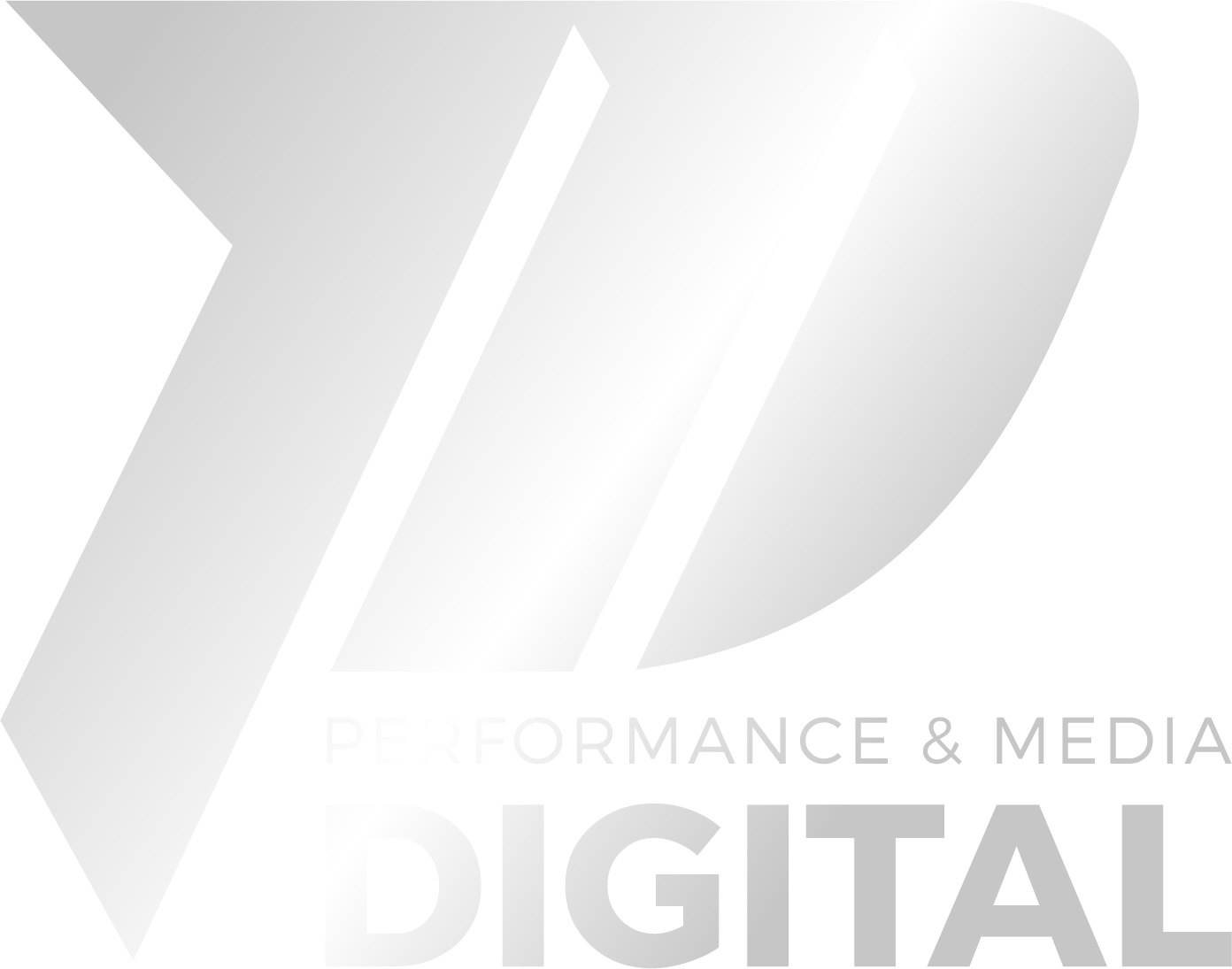When we talk about marketing and business communication, there are two concepts that often generate confusion: corporate identity and branding. Although they are frequently used as synonyms, they are actually two different concepts that play a key role in building and managing a brand.
In this article we want to let you know the difference between corporate identity and branding, their benefits and how they can work together to build a solid and cohesive brand.
Benefits of Corporate Identity
Corporate identity refers to the image and personality of a company or brand. It is how the organization presents itself to the world and how it is perceived by its target audience. Corporate identity encompasses elements such as the logo, colors, design style, typography, tone of voice and company values. It also includes the messages and communication used to convey the company’s mission, vision, and principles. Corporate identity is essential to establish a consistent and differentiating image that builds trust and establishes an emotional connection with customers. It also helps to build a solid reputation and foster customer loyalty, since a strong corporate identity conveys professionalism, authenticity and clear values.
Undoubtedly, corporate identity is a fundamental part of the brand, as it helps to solidify the brand’s presence, ties, and credibility with the consumer.
Beyond that, corporate identity provides another series of benefits, among which we can mention:
Differentiation
A strong and coherent corporate identity can help differentiate a company from its competitors in the market, since, by having a distinctive visual and verbal image, the company can stand out and be more easily recognized by consumers.
Consistency
By defining this identity well, the company shows itself in a coherent and consistent way in all its communications, helping to build trust between it and the consumer.
Professionalism
A well-designed identity helps convey an image of professionalism and care in the company’s presentation. This is also a cornerstone for building trust, as well as optimizing the company’s perception in the marketplace.
Memorability
The solidity of the image makes the brand easily recognized and remembered, both by consumers and in the market.
Flexibility
Flexibility allows the brand to adapt to different communication channels and market situations, helping the company to maintain a consistent and recognizable image in different contexts.
We recommend: What is Benchmarking? Business Strategies for Success.
Corporate identity, examples
Airbnb
Although it is a relatively new company, it has built a solid and coherent corporate identity in a short time. Its logo is an “A” that looks like a heart, and its brand image focuses on the idea of sharing and connecting people.
Coca-Cola
Coca-Cola is another company that has built a strong and globally recognized corporate identity. Its red and white logo is a pop culture icon, and its advertising uses a happy, upbeat tone of voice that has been consistent for decades.
Nike
Nike is known for its “Swoosh” logo and “Just Do It” slogan. These elements have been part of its corporate identity for decades. The company uses a sporty aesthetic in all of its advertising and often employs high-performance athletes in its marketing campaigns (promoting credibility).
These companies are examples of how a strong and consistent corporate identity builds a strong and recognizable brand in the marketplace. Each of them has used elements such as the logo, corporate colors, typography and a specific tone of voice to convey their unique personality and values.
Benefits of branding
Branding refers to the process of strategic brand management. It consists of creating a unique and distinctive identity for a company, product or service, with the objective of establishing an emotional and lasting connection with consumers. Branding encompasses various elements, such as the brand name, logo, colors, typography, graphic design, messages, and communication used. It also involves defining the brand’s values, personality, and value proposition.
Branding focuses on building a positive and consistent image in the minds of consumers, conveying the unique attributes and benefits offered by the brand. It also involves managing the brand’s reputation, ensuring that customers’ experiences and perceptions are consistent with the desired image.
Read: What is relationship marketing? A new strategy.
Promotes differentiation
Branding gives rise to the process of building and managing a company’s brand; that is why, within its powers is to help differentiate a company from its competitors in the market, through a brand that exudes strength, which makes it stand out in the eyes of consumers.
Stimulates customer loyalty
Likewise, branding helps build customer loyalty. When consumers identify with a brand and perceive it as part of their lifestyle or values, they are more likely to remain loyal to it.
Elevates the value of the company
On the other hand, by helping to build a strong, recognized brand, you can drive increased enterprise value. Organizations with strong brands tend to be more valuable in the marketplace and may have a greater competitive advantage over their competitors.
Facilitates new product introductions
Meanwhile, if the brand is strong and recognized, branding can facilitate the introduction of new products to the market. Consumers will be more willing to try new products from a brand they already know and trust.
Attracts new customers
A strong, recognized brand can be more attractive to new customers. When consumers see a recognized and well-valued brand in the marketplace, they may feel more confident in doing business with it.
Differences between corporate identity and branding
The main difference between corporate identity and branding is that corporate identity refers to the visual and verbal elements that represent the company, while corporate branding refers to the process of building and managing the brand in the market.
Corporate identity is the visual and verbal part of the brand, and seeks to convey the values and essence of the company through a coherent and consistent image.
On the other hand, branding focuses on building a solid and consistent brand in the market through marketing strategy, brand positioning and even reputation management.
Both are important for the success of a company, since a well-crafted corporate identity can help build a strong and differentiated brand in the consumer’s mind. In turn, branding seeks to create a positive and differentiated image of the company in the marketplace, which can help maintain a competitive advantage and build a solid base of loyal customers.
In summary, for a brand to reach its full potential, it is necessary that the corporate identity is aligned with the company’s branding strategy, as this will not only raise the company’s image, but will lay the solid foundation for it to maintain a dominant position in the market and increase its overall value.
Now that you know the difference between corporate identity and branding, it is time to go deeper and discover for yourself what branding in marketing is and how it can help boost your business.
For this, we invite you to contact us. At PYM Digital, we can help you generate a powerful and effective digital marketing strategy that generates confidence in your potential customers and transmits the values of your brand.
Contact us and schedule a free appointment!





